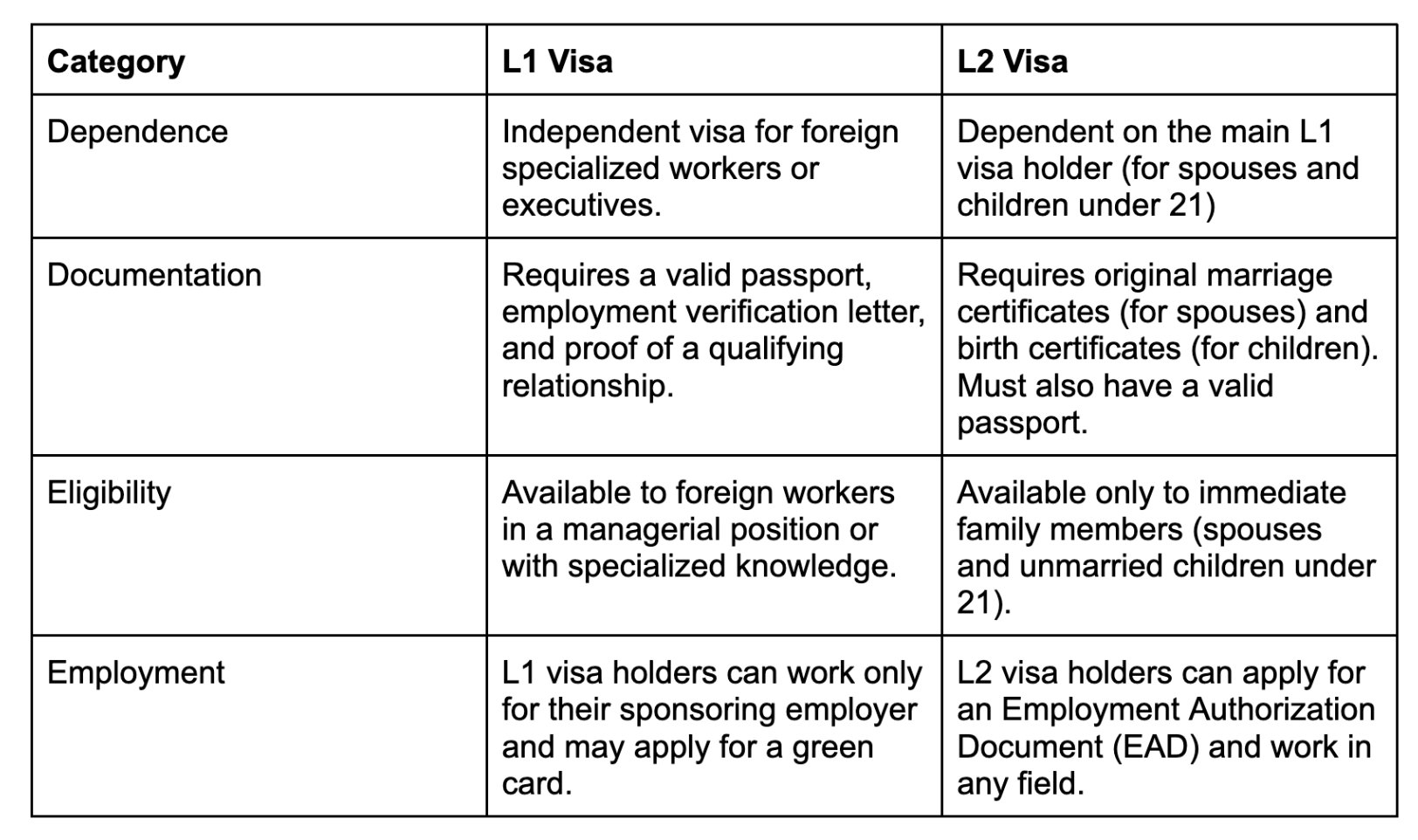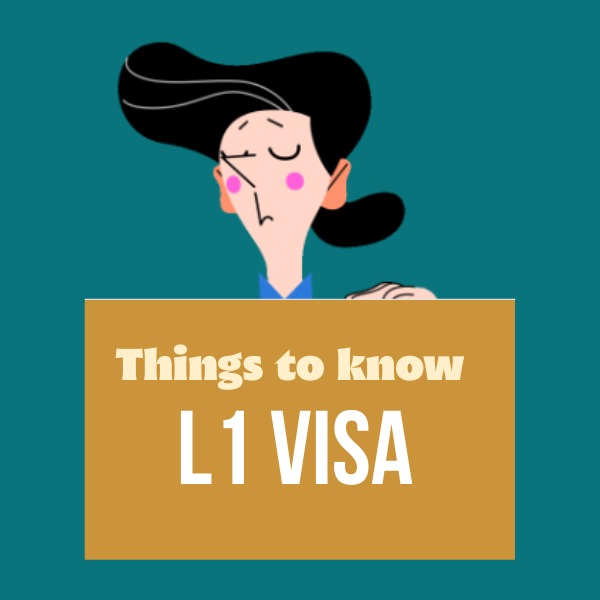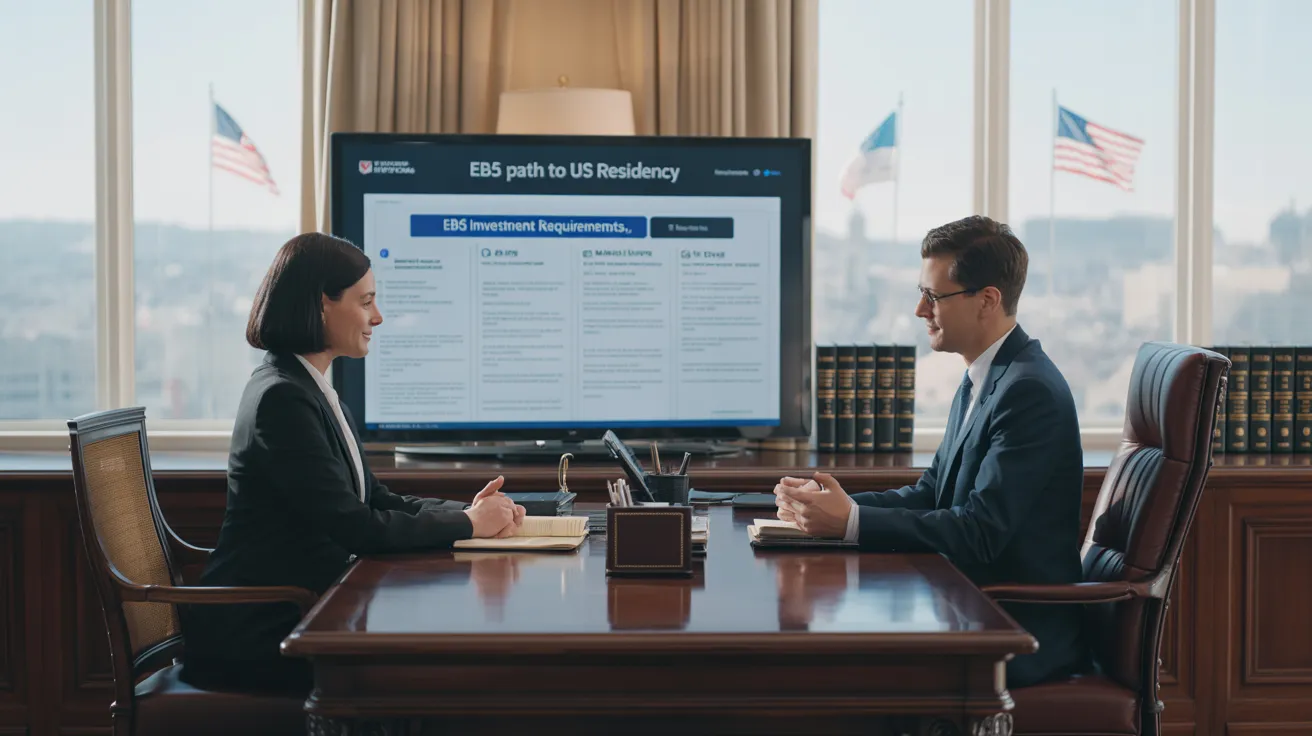An Unbiased View of L1 Visa
Table of Contents10 Simple Techniques For L1 VisaThe Best Strategy To Use For L1 Visa4 Simple Techniques For L1 VisaThe Single Strategy To Use For L1 VisaThe Of L1 VisaThe Facts About L1 Visa Uncovered
Offered from ProQuest Dissertations & Theses Global; Social Scientific Research Costs Collection. (2074816399). (PDF). Congress. (PDF). DHS Workplace of the Inspector General. (PDF). (PDF). "Nonimmigrant Visa Statistics". Recovered 2023-03-26. Department of Homeland Safety Workplace of the Examiner General, "Testimonial of Vulnerabilities and Potential Misuses of the L-1 Visa Program," "A Mainframe-Size Visa Technicality".
United State Division of State. Retrieved 2023-02-08. Tamen, Joan Fleischer (August 10, 2013).
The Only Guide for L1 Visa
In order to be qualified for the L-1 visa, the foreign firm abroad where the Recipient was used and the United state company must have a qualifying relationship at the time of the transfer. The various kinds of certifying partnerships are: 1.
Instance 1: Firm A is integrated in France and uses the Recipient. Firm B is included in the united state and desires to seek the Beneficiary. Company A possesses 100% of the shares of Firm B.Company A is the Moms And Dad and Business B is a subsidiary. There is a qualifying connection in between the 2 business and Firm B need to be able to sponsor the Recipient.
Instance 2: Company A is included in the U - L1 Visa.S. and desires to request the Beneficiary. Firm B is incorporated in Indonesia and utilizes the Recipient. Business An owns 40% of Business B. The staying 60% is had and managed by Company C, which has no relation to Business A.Since Company A and B do not have a parent-subsidiary connection, Business A can not sponsor the Beneficiary for L-1.
Firm A possesses 40% of Business B. The continuing to be 60% is possessed by Company C, which has no relation to Business A. Nonetheless, Firm A, by formal agreement, controls and full takes care of Company B.Since Firm An owns less than 50% of Firm B however takes care of and regulates the firm, there is a certifying parent-subsidiary connection and Company A can fund the Beneficiary for L-1.
How L1 Visa can Save You Time, Stress, and Money.
Firm B is included in the United state
Get This Report on L1 Visa

The L-1 visa is an employment-based visa category established by Congress in 1970, enabling multinational business to transfer their managers, executives, or crucial personnel to their united state operations. It is generally referred to as the intracompany transferee visa. There are 2 main kinds of L-1 visas: L-1A and L-1B. These types are suitable for employees employed in different positions within a company.

Additionally, the recipient needs to have operated in a supervisory, executive, or specialized staff member setting for one year within the 3 years preceding the L-1A application in the international firm. For new office applications, international employment has to have remained in a supervisory or executive capability if the beneficiary is coming to the United States to work as a manager L1 Visa requirements or executive.
Some Ideas on L1 Visa You Need To Know

If granted for an U.S. business operational for greater than one year, the initial L-1B visa is for as much as three years and can be expanded for an added two years (L1 Visa). Alternatively, if the united state firm is newly developed or has actually been operational for less than one year, the first L-1B visa is released for one year, with expansions offered in two-year increments
The L-1 visa is an employment-based visa classification established by Congress in 1970, permitting international business to move their supervisors, executives, or essential personnel to their united state procedures. It is frequently described as the intracompany transferee visa. There are 2 primary types of L-1 visas: L-1A and L-1B. These types are ideal for employees hired in different positions within a business.
L1 Visa for Beginners
Additionally, the recipient should have operated in a supervisory, executive, or specialized worker placement for one year within the three years coming before the L-1A application in the international firm. For new office applications, international employment must have remained in a managerial or executive ability if the recipient is involving the United States to work as a supervisor or executive.
for up to seven years to supervise the procedures of the U.S. affiliate as an executive or supervisor. If released for a united state firm that has been functional for more than one year, the L-1A visa is at first given for up to 3 years and can be prolonged in two-year increments.
If provided for an U.S. firm operational for greater than one year, the first L-1B visa is for up to three years and can be expanded for an added 2 years. On the other hand, if the U.S. firm is freshly developed or has been functional for less than one year, the preliminary L-1B visa is released for one year, with expansions available in two-year increments.